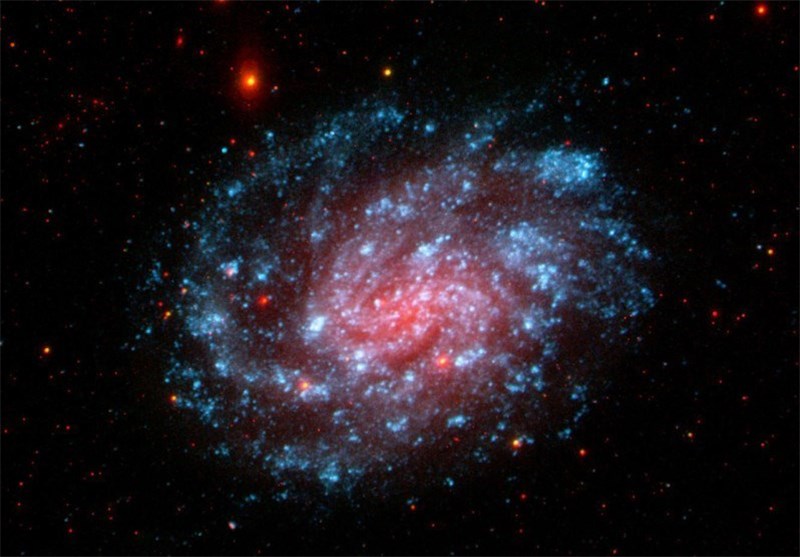New Search for ‘Power-Hungry’ Aliens Finds Weird Blips Outside Our Galaxy
TEHRAN (Tasnim) - Astronomers are trialling a new technique which could find alien civilizations many times more advanced than our own - similar to the space-faring races seen in Star Trek and Star Wars.
Instead of hunting planets which astronomers think might be suitable for life, the Penn State University team are looking for civilisations so hi-tech they are draining energy from their own stars.
Their first scans haven’t found concrete evidence of a large alien civilisation - but has found several dozen signals which could be evidence of hi-tech activity.
The theory is based on the idea that very advanced civilisations would need huge amounts of energy - and would build huge ‘spheres’ of solar panels around stars to capture it, Yahoo News reported.
If these ‘Dyson spheres’ - named after the theoretical physicist who came up with the idea - existed, they would radiate heat energy, much like our computers radiate heat, the astronomers say.
So rather than looking inside our galaxy for planets which might have a few microbes on them, the team has been surveying galaxies outside the Milky Way, hoping to find inconceivably advanced civilisations from their heat signatures.
"The idea behind our research is that, if an entire galaxy had been colonized by an advanced spacefaring civilization, the energy produced by that civilization's technologies would be detectable in mid-infrared wavelengths—exactly the radiation that the WISE satellite was designed to detect for other astronomical purposes," said Jason Wright of Penn State.
"Whether an advanced spacefaring civilization uses the large amounts of energy from its galaxy's stars to power computers, space flight, communication, or something we can't yet imagine, fundamental thermodynamics tells us that this energy must be radiated away as heat in the mid-infrared wavelengths. This same basic physics causes your computer to radiate heat while it is turned on."
Wright says that so far, the team has scanned 100,000 galaxies, and not found any where large amounts of the available starlight is being used - but his co-author Roger Griffiths says there are some tantalising hints within the data.
"We found about 50 galaxies that have unusually high levels of mid-infrared radiation. Our follow-up studies of those galaxies may reveal if the origin of their radiation results from natural astronomical processes, or if it could indicate the presence of a highly advanced civilization," Griffiths says.





